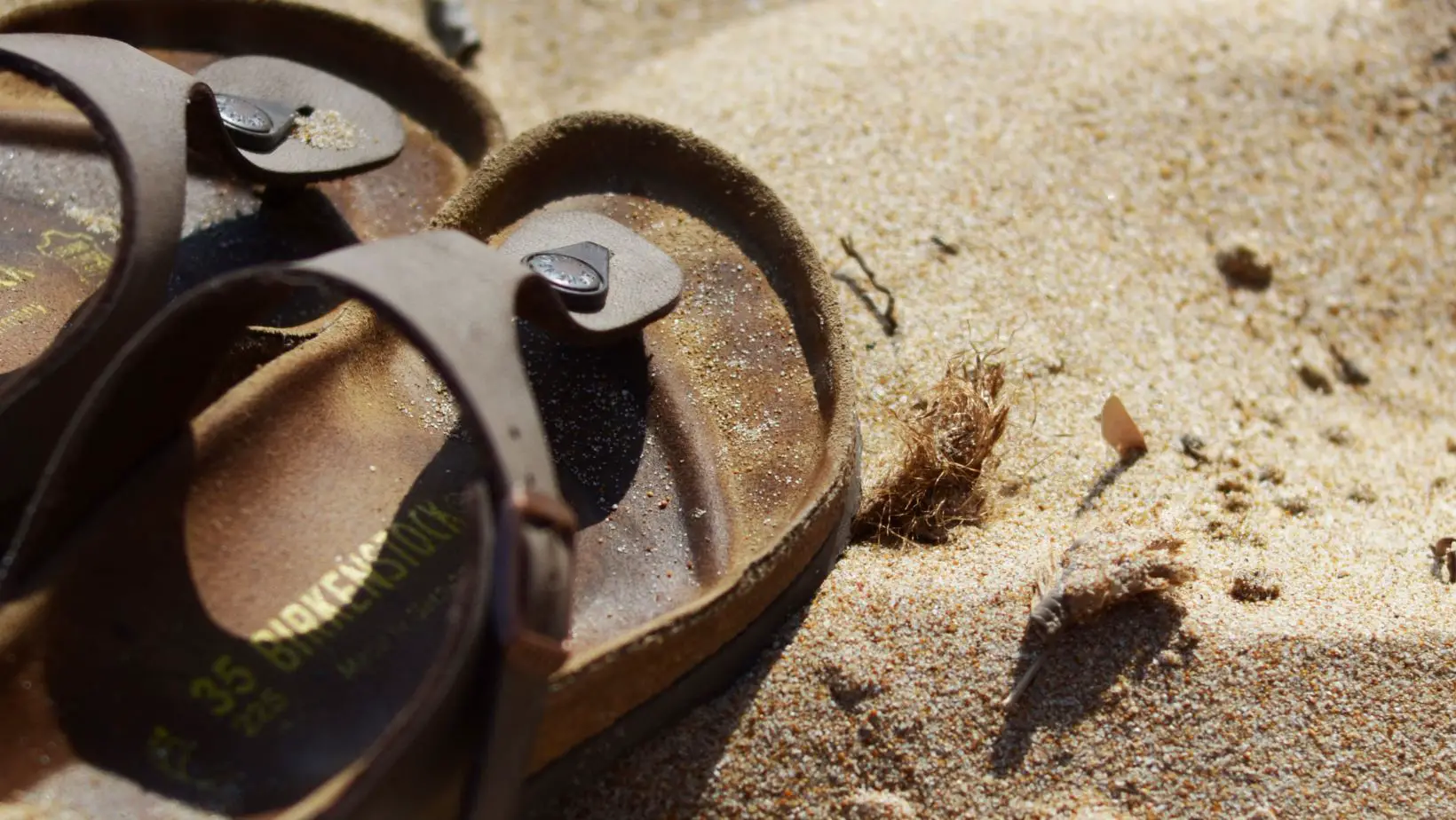
We earn from sales through Amazon affiliate links on this page. Read the Full Disclaimer here
If you are new to wearing Birkenstock, the footbed is the easiest way to differentiate between various styles. The Birkenstock footbed is its unique selling point before any other features.
Are you trying to decide whether or not to choose the Birkenstock with a soft footbed over the ordinary raised toe one? This article will show you all you need to know in a nutshell, so you make the best purchase and make your feet happy.
An excellent place to start would be identifying the significant difference between these two Birkenstock footbeds.
Difference between Birkenstock Soft and Regular Footbeds?
The Birkenstock shoes regular footbed provides the conventional design of the slip-on footwear. However, the company introduced a design that features a soft footbed.
This soft footbed features an anatomically shaped foam inlay pad with plenty of tiny air bubbles, creating an extra layer above the cork for an improved deep heel comfort experience. It allows the footwear to mold to the contours of your feet after a softened force is applied to the cork for a while.
Soft footbed or not, Birkenstocks shoes are incredibly healthy for your feet. Both designs are excellent choices for people with Plantar Fasciitis, Morton’s neuroma, and high arches.
Dr Martens sands have also gain notoriety when it comes to comfort sandals, you can read our Dr. martens vs Birkenstock review here.
Now, let’s look in more detail at what Birkenstock’s regular and soft footbeds entail to know which one you should be concerned with and why.
Birkenstock Soft Footbed Vs Regular – The Comparison
Chances are you know more about the regular footbeds of Birks. It is also known as the original footbeds and made with the usual four layers – cork, latex, jute, and leather.
On the other hand, the soft footbed is a new variation that Birkenstock brought primarily to subsidize the break-in time of the regular footbed increasing the natural gripping motion.
So, instead of the four layers seen in the regular footbed, the soft footbed features an extra layer along with the previous four.
This extra layer is a natural rubber-type foam padding positioned between the suede lining of the leather layer and the flexible latex.
The anatomically shaped foam inlay makes all the difference between the two innovations. But you can still differentiate them by seeing the blue stamp color.
Here are the pros and cons of Birkenstock’s regular and soft footbeds.

The good side of Birkenstock’s regular footbed
The apparent advantage of Birkenstock’s regular footbed is that they allow the shoe to match the shape of the feet after breaking in.
Also, the shape of the footbed does not change even after extensive usage.
If you feel slight pain when wearing flat shoes, you will likely fall in love with the regular Birks footbed. They provide long-term ease and sustainability with excellent arch support that is more effective than soft footbeds.
The downside of Birkenstock regular footbed
On the flip side of the coin, people who prefer the soft footbed to the regular ones of Birkenstock may have justified reasons.
The prominent reason is most likely that the regular footbed allows the shoe to take you a reasonable amount of time before you finally break in.
Apart from that, when using Birks with the regular footbed, you must wear the footwear a couple of times before it molds to your foot shape.
The good side of Birkenstock Soft Footbed
Since the Birkenstock Soft footbed is a newer innovation, it is plausible for one to assume that it came to perfect the imperfections of the ordinary footbed.
The anatomically shaped foam inlay did so in some areas, such as reducing the break-in period. In other words, Breaking into soft footbed shoes is more effortless than regular footbeds.
Also, as mentioned earlier, the soft footbed consists of plenty of tiny air bubbles that make up the extra foam layer, providing comfort and a more relaxing feel.
This is the right Birks option if you have flat, sensitive, and hypersensitive feet. Also, if you have low arches or medical issues, a soft footbed of Birkenstock is the go-to option.
Another edge this innovation has over the regular footbed is that it allows you to use the Birkenstock right out of the box.
They may be soft, but this was not featured at the detriment of the needed support to hold the feet to the footbed.
The downside of Birkenstock soft footbed
The first and apparent cons of the soft footbed of Birkenstock is that it won’t appeal to people who like to wear slightly hard footbeds because it’ll make them uncomfortable.
But beyond that, the extra foam layer in the soft footbed (which is the unique selling point of the design) will make the shoe take a longer time to fit with the feet, unlike with regular footbeds, where this happens sooner.
Final Remark: Which is Better?
It is essential to admit that everyone’s feet are different, as well as choices and preferences.
So the question “Is Birkenstock soft footbed better than regular Birkenstock?” does not have a binary yes or no answer.
Our comparative review shows that both the soft and regular Birk shoes have their respective pros and cons.
Both designs are long-lasting and provide necessary support and ease of use; hence you won’t make any grave mistakes if you go for any.
However, it is now apparent that your ultimate decision will be determined by your feet’ condition, preferences, comfort, and choices.
Meanwhile, both the regular and soft Birkenstock will take time to break in. so whichever one you buy will require you to first wear them inside your house before using them for several hours at multiple intervals.
None of the Birks (soft or regular) gets ruined in water, but they can get discolored if you keep them in extreme heat or consistently exposed to heated natural light.






